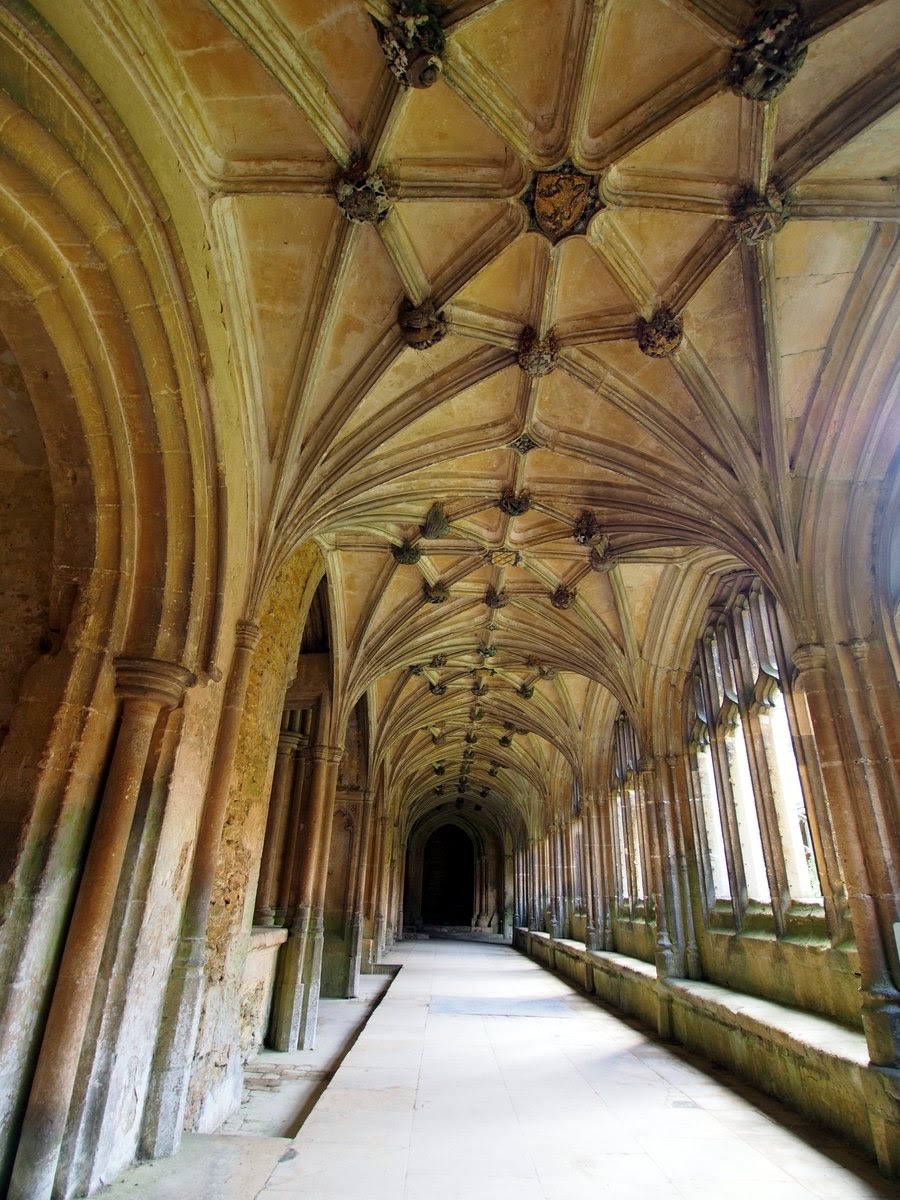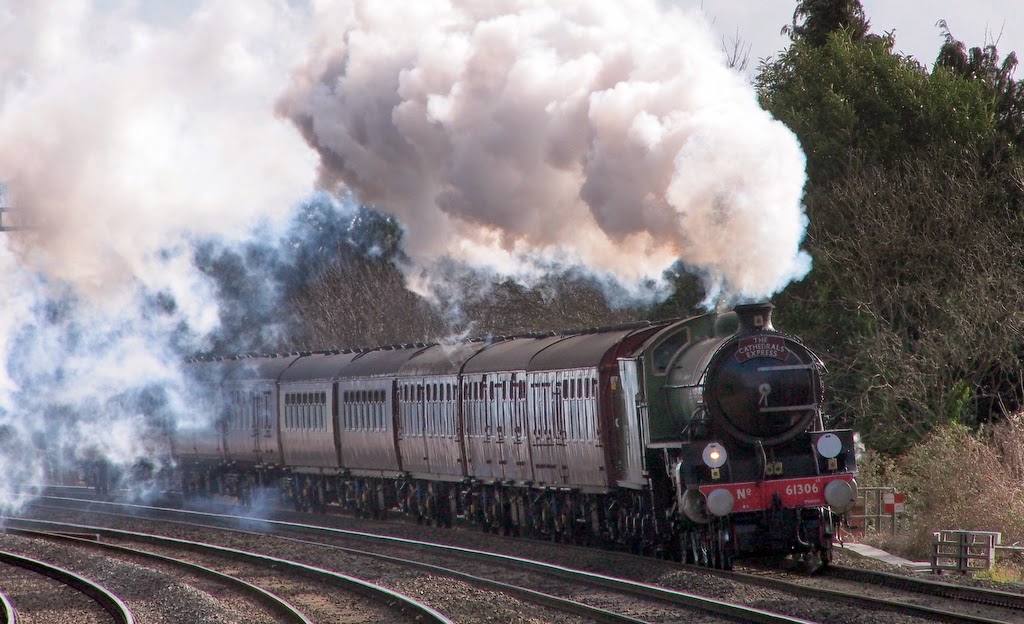 For Vicki’s birthday we picked up a deal for a three hour “Eagle
Experience” at an establishment near Bedford, just north of London but a 2-hour
drive from here, meandering through some lovely countryside.
For Vicki’s birthday we picked up a deal for a three hour “Eagle
Experience” at an establishment near Bedford, just north of London but a 2-hour
drive from here, meandering through some lovely countryside.
The Birds of
Prey Centre has a selection of birds from all over the world, from giant
Scottish Sea Eagles, to American Bald Eagles, vultures, and numerous other
eagles, hawks, falcons and owl.
 |
| Eagle Owl |
Our first experience was to hold an Eagle Owl and it was
here that we learned that the concept of a wise owl has no relation to reality –
they have feathers between their ears too! But they are captivating, especially
their eyes. Every bird has a leash
attached to a foot which you hold via a large leather glove. You don’t want the
bird to catch sight of a passing pigeon and get distracted.
Our second experience was holding a bald eagle. Clearly they
aren’t but at one time Bald meant White (not hairless) so the adult birds have white heads
and tails. This one's about four years old so still has some dark feathers on its head.
 There was then a display of flying from various birds where you
can see how big the larger birds really are and how fast the falcons move – no way
could we photograph them successfully!!
There was then a display of flying from various birds where you
can see how big the larger birds really are and how fast the falcons move – no way
could we photograph them successfully!! |
| Eagle flying |
Our last session was flying a couple of the eagles. Here the
audience were split into two groups 50 metres apart and one person would don the big
leather glove with a choice of a head or foot of a cute (but very dead) chick.
The birds would then fly between the two groups to feed themselves. We were
told to face away from the bird so that when they landed on your arm it would
just swing forward. If it arrived from the front with too much speed your arm
could be swung backwards and dislocated! We found the birds not too heavy though.
We finished up with time to wander around the enclosures
looking at all the captive owls and falcons and other birds. And then it was
time to hop in the car and warm up (it was a cold, cold day) and face the
M25/M4 motorway trip home.
We would both rate this experience as brilliant – up close
and personal these birds are spectacular, if a little scary.


















































